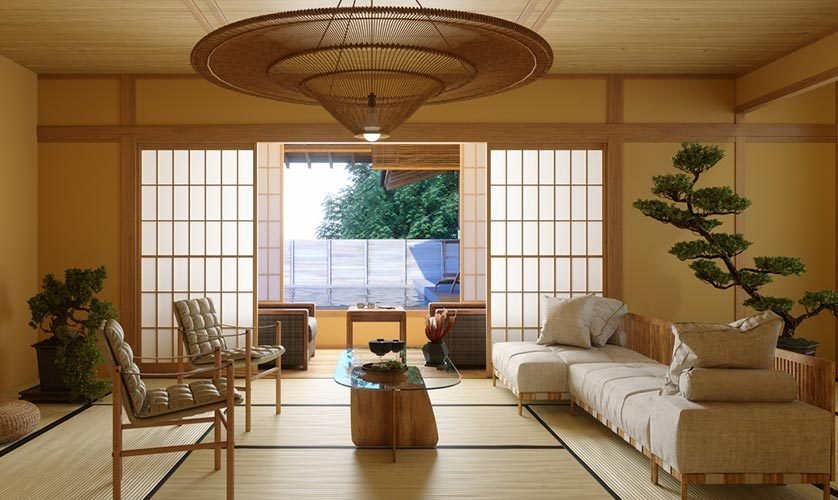

Introduction:
Your home should be more than just a place to sleep or eat—it should be a safe haven that supports your emotional well-being. As modern life becomes increasingly hectic and overwhelming, many people are turning to home remodeling not just for aesthetics or function, but for healing.
This type of renovation—what we call Emotional Remodeling—focuses on how design choices can help reduce anxiety, promote peace, and even support trauma recovery. Whether you’re struggling with burnout, grief, or simply want to feel more balanced and connected, remodeling your space with emotional healing in mind can make a significant difference.
In this guide, we’ll explore room-by-room ideas, color theory, layout psychology, and mindful design strategies that turn your home into a place of restoration.
Key Sections to Include:
What is Emotional Remodeling?
The psychology behind space and emotion
Why design affects mood and mental clarity
The Importance of Safe Spaces at Home
Creating quiet zones for reflection
Design for introversion vs. extroversion
Color Therapy in Interior Design
Calming vs. stimulating colors
Where to use warm, cool, or neutral tones
Biophilic Design Principles
How nature boosts mood and reduces stress
Using plants, natural light, wood, and stone textures
Room-by-Room Healing Design Ideas
Bedrooms for sleep and solitude
Bathrooms as spa-like sanctuaries
Living rooms that support conversation and connection
Sensory Considerations
Acoustic comfort: soundproofing, soft surfaces
Scent design: aromatherapy integration
Touch: textures that comfort and ground
Designing for Trauma Recovery
Gentle lighting, rounded furniture, predictable layouts
Visual clarity and reduced stimulation
Creating Ritual Spaces
Meditation corners, prayer rooms, reading nooks
Emotional anchors through intentional design
Minimalism and Decluttering for Mental Health
How physical clutter contributes to emotional overload
Decluttering strategies for remodeling
Final Tips for an Emotionally Supportive Home
Recent Posts
- 🌿 Eco-Friendly Holiday Celebrations: 10 Sustainable Ways to Make the Season Special
- Cozy Holidays at Home: 10 Creative Ways to Make This Season Magical Without Traveling
- DIY Holiday Bliss: Easy Projects to Make Your Home Cozy, Warm & Festive
- Holiday Glow-Up: Simple DIY Projects to Transform Your Home into a Festive Wonderland
- The Ultimate DIY Home Remodeling Guide: 30 Transformations You Can Do Without Hiring a Professional
Recent Comments
Categories
- Blog
- Budget-Friendly DIY
- Careers
- Crafts and Hobbies
- Decor and Design
- Design
- Featured Post
- Holiday and Special Occasion Projects
- Home Improvements
- Home remodeling
- Innovation
- Inspiration and Ideas
- Lifestyle
- Outdoor Projects
- Step-by-Step Tutorials
- Technology
- Tips and Tricks
- Tools and Materials
- Travel
- Uncategorised
Search
Recent Post
🌿 Eco-Friendly Holiday Celebrations: 10 Sustainable Ways
- 29 November 2025
- 6 min read
Cozy Holidays at Home: 10 Creative Ways
- 29 November 2025
- 3 min read
DIY Holiday Bliss: Easy Projects to Make
- 28 November 2025
- 6 min read






